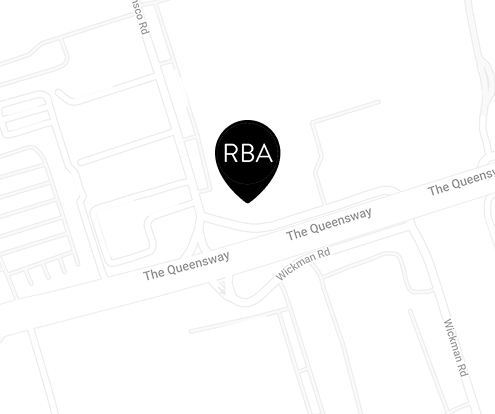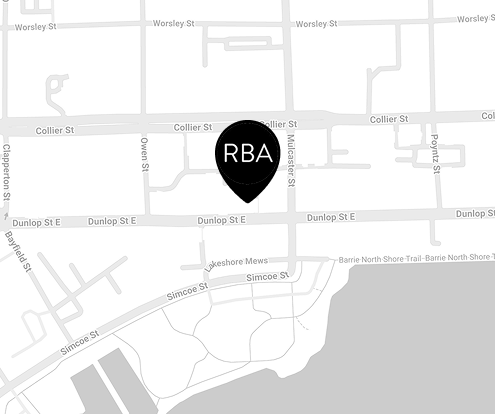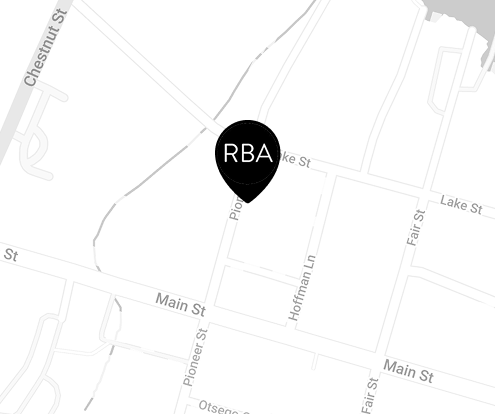In the realm of construction projects, navigating through the maze of contracts is as crucial as laying the foundation itself. Two prevalent types of contracts, fixed-price and cost-plus, stand as pillars supporting the structure of agreements between clients and contractors. Each method brings its unique set of advantages and challenges to the table, influencing decisions and outcomes significantly. In this comprehensive guide, we delve into the intricacies of fixed-price and cost-plus contracts, shedding light on their differences, benefits, and considerations.
Understanding Fixed-Price Contracts
Fixed-price contracts, also known as lump-sum contracts, present a straightforward arrangement wherein the contractor agrees to complete the project for a predetermined total price. This sum typically encompasses all costs, including materials, labor, overheads, and profits. In essence, the client bears minimal financial risk, as any cost overrun becomes the contractor’s responsibility.

Pros of Fixed-Price Contracts:
- Budget Certainty: Clients benefit from a clear understanding of project costs from the outset, aiding financial planning and resource allocation.
- Risk Transfer: The burden of managing cost overruns due to unforeseen circumstances such as material price fluctuations or labor shortages falls primarily on the contractor.
- Incentive for Efficiency: Contractors have a vested interest in completing the project within budget and schedule constraints to maximize profits.
Cons of Fixed-Price Contracts:
- Limited Flexibility: Changes in project scope or unforeseen conditions may necessitate costly change orders, potentially leading to disputes over additional costs.
- Risk of Underestimation: Contractors may inflate initial estimates or cut corners to mitigate the risk of absorbing unforeseen expenses, compromising quality or scope.
Exploring Cost-Plus Contracts
Cost-plus contracts operate on a fundamentally different principle, wherein the client reimburses the contractor for the actual costs incurred during construction, plus an additional fee or percentage for profit and overhead expenses. This arrangement offers greater flexibility but introduces a degree of uncertainty regarding the final project cost.
Pros of Cost-Plus Contracts:
- Flexibility: Clients retain the ability to modify project scope or specifications without incurring significant change-order costs, fostering adaptability to evolving needs.
- Transparent Cost Structure: Clients have visibility into actual project expenses, promoting accountability and informed decision-making.
- Collaborative Relationship: Since the contractor and client share the risk, there’s often a higher level of collaboration and trust, leading to smoother project execution.
Cons of Cost-Plus Contracts:
- Cost Uncertainty: Clients bear the risk of cost overruns, particularly if the project encounters delays or unforeseen challenges, potentially leading to budgetary strain.
- Potential for Disputes: Without a fixed price, disagreements may arise regarding the reasonableness of costs or the extent of overhead and profit margins. Less Incentive for Efficiency: Contractors may face less pressure to optimize costs and timelines, potentially resulting in inefficiencies or project delays.
Factors Influencing Contract Selection
The choice between fixed-price and cost-plus contracts hinges on various factors, including project complexity, budget constraints, risk tolerance, and the client-contractor relationship. Consider the following guidelines when determining the most suitable contract type:
- Project Scope and Complexity: For well-defined projects with minimal uncertainty or potential for scope changes, fixed-price contracts offer clarity and predictability. Conversely, projects with evolving requirements or significant unknowns may benefit from the flexibility of cost-plus arrangements.
- Budget Constraints: Clients with strict budget limitations may prefer fixed-price contracts to cap costs and avoid financial surprises. However, those prioritizing flexibility and quality over cost certainty may opt for cost-plus contracts despite the potential for higher expenses.
- Risk Allocation Preferences: Assess the risk appetite of both parties and their willingness to assume financial liabilities. Fixed-price contracts shift the onus of risk onto the contractor, while cost-plus contracts distribute risk more evenly between the client and contractor.
- Client-Contractor Relationship: A strong foundation of trust and collaboration fosters successful outcomes regardless of the contract type. Clients should choose a contracting approach aligned with their preferred level of involvement and communication with the contractor.
Mitigating Risks and Enhancing Success
Regardless of the chosen contract type, proactive risk management and clear communication are paramount to project success. Implement the following strategies to mitigate risks and enhance collaboration:
- Comprehensive Scope Definition: Invest time in clearly defining project requirements, deliverables, and acceptance criteria to minimize scope creep and change orders.
- Contingency Planning: Anticipate potential risks and allocate contingency reserves to address unforeseen challenges without derailing the project.
- Regular Progress Monitoring: Maintain open channels of communication and regularly review project progress, costs, and performance metrics to identify and address issues promptly.
- Dispute Resolution Mechanisms: Establish clear dispute resolution mechanisms in the contract to address disagreements swiftly and amicably, minimizing project delays and legal costs.
In the dynamic landscape of construction projects, selecting the appropriate contract type is a critical decision that profoundly influences project outcomes. Fixed-price contracts offer budget certainty and risk transfer at the expense of flexibility, while cost-plus contracts provide adaptability and transparency but carry inherent cost uncertainty. By carefully evaluating project requirements, risk factors, and client-contractor dynamics, stakeholders can make informed decisions that align with their objectives and foster successful project delivery. Ultimately, a collaborative approach, supported by proactive risk management and effective communication, lays the foundation for fruitful partnerships and remarkable construction achievements.








